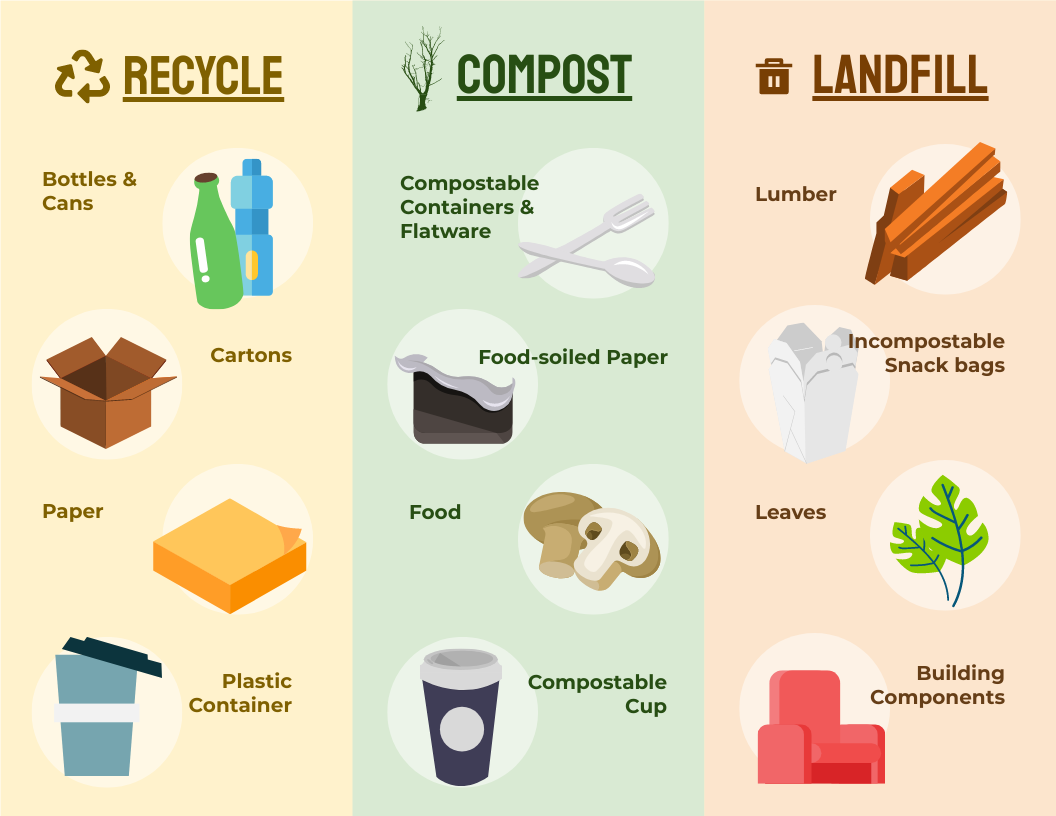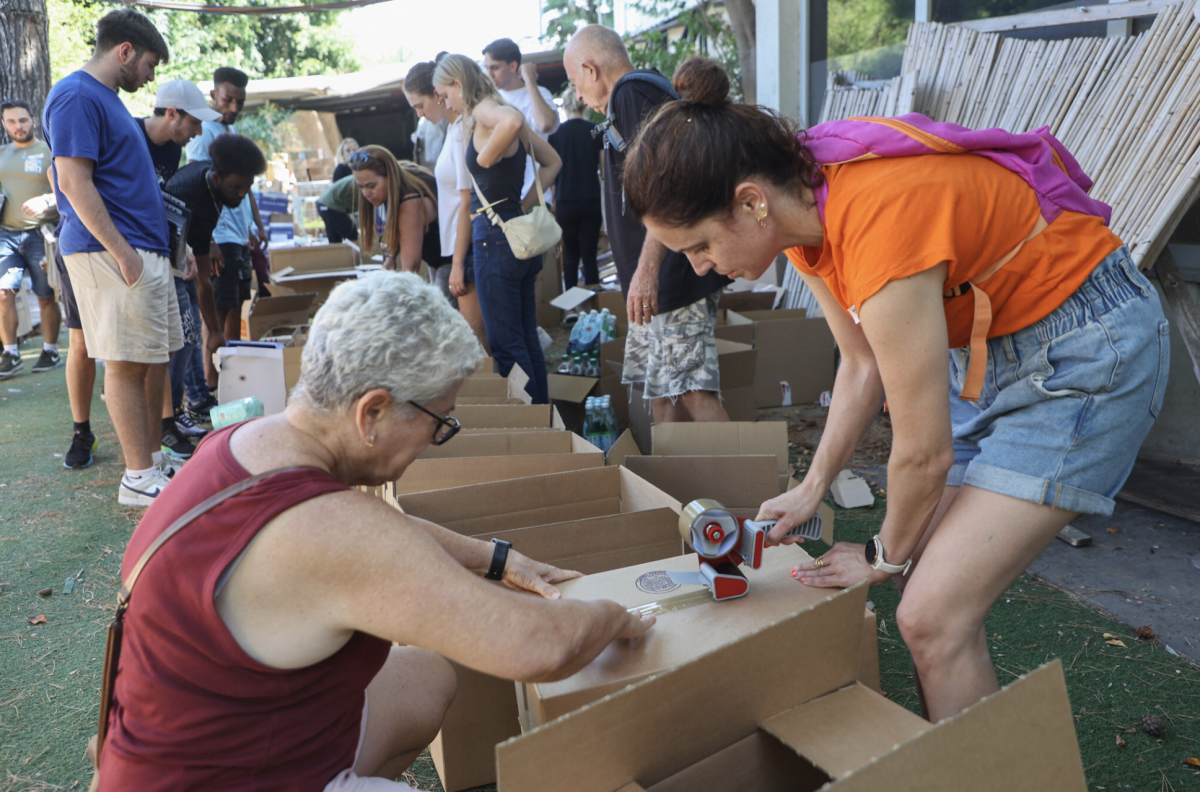Recycling is an easy way to help the environment. According to the United States Environmental Protection Agency (EPA), it reduces the need to extract natural resources for new goods, helps prevent climate change—saving over “193 million metric tons of carbon dioxide”—, conserves energy, reduces pollution, and limits waste going to landfills.
The EPA also explains the recycling process. Recycling is collected by curbside collection, drop-off centers, and deposit or refund programs. They explain that, “After collection, recyclables are sent to a recovery facility to be sorted, cleaned, and processed into materials that can be used in manufacturing. Recyclables are bought and sold just like raw materials would be, and prices go up and down depending on supply and demand in the United States and around the world.” People probably don’t realize that processors actually have to sell the material to other companies to recycle them. This is similar to how other goods like clothes work. The fabric for the clothes is made in one factory and then other companies buy the material to make the clothes. After companies buy the recycled materials, they are used to produce new goods and resold. You can buy so many recycled goods instead of new things, like carpeting, glass containers, paper towels, trash bags, etc.
In theory, the recycling process is amazing, but it is not perfect. One issue is that the domestic market for recycled materials is not strong enough in the United States. “Improving communication among the different sectors of the recycling system is needed to strengthen the development of existing materials markets and to develop new innovative markets,” (EPA). This means that recycling collectors, processors, producers and sellers need to have more communication in order to improve the system and get more recycled goods to the public. For example, more companies need to purchase recycled goods to use in production and processors need to take more time to sort the recycling. If this was to happen, more people could be buying recycled goods, therefore reducing waste.
Renee Cho from the Columbia Climate School teaches that “China handled the recycling of almost half of the world’s discarded materials, because its manufacturing sector was booming and needed these materials to feed it.” This meant that the U.S. and other countries would be able to give their recycling to China. But, in 2018, the import of most plastics and other materials from foreign places was banned. This was because places like the U.S. and Europe were sending contaminated recyclables, so lots of it was going to landfills anyway and China wanted to prevent this by stopping imports. Without China’s market for plastic and other recyclables, the recycling market in the U.S. nearly disappeared. Places that were exporting recycling went from making money to having to pay in order to get rid of it which no one wants to do, leading to them just putting the recycling in landfills. So, because the recycling market shrank, recycling programs were cut back or suspended, causing curbside recycling and many drop-off sites to close.
The last, and probably the most notable, problem with recycling is that many people don’t know what can be recycled and what cannot. “This often leads to recyclables going in the trash or trash going in the recycling bin,” the EPA explains. Cho adds that this is because perfectly good recyclables become contaminated when certain items are put in the bin and contaminate them, like if a dirty food container is put in the recycling. This prevents larger batches of material from being processed and reused.
But now the question is, how does one know what to recycle? Michigan.gov has a super helpful guide on what can be recycled in Michigan to help people learn what to put in their bin. Things that can be recycled are glass, bottles, cans, cartons, paper, cardboard, and plastic. It is very important to clean all of your recycling before you throw it away because of contamination. When there is residue on the recycled material, the value decreases and it is less likely to be reused. Also make sure not to “nest” items, meaning do not put items inside each other. For example, don’t put a tin can in a cereal box. When it comes to plastic, there is a guide on the types of plastic and what can be recycled. There are codes including a triangle made of arrows with a number one through seven in the middle. These labels on plastics help “to identify the plastic resin content of bottles and containers. This labeling system is known as a ‘Resin Identification Code (RIC)’ and is used to identify seven types of plastics.” Most recycling facilities only process plastics #1 and #2 out of the seven types. So while you may think you are recycling all of your plastic, lots of it is actually not processed.

Since about 70% of plastics cannot actually be recycled, they are going to landfills along with other contaminated recycled materials. The problem is that we can’t just stop using plastic in our homes because so many pre-packaged goods come in plastic containers. What really needs to happen is for companies to stop using plastic to sell their goods and use other things like glass or cardboard, which have more reliable and effective recycling systems than plastic.
So, it is important to remember that while recycling is an easy way to help our environment, the system is heavily flawed with problems of importing/exporting material, people’s limited knowledge of what can be recycled, and miscommunication between steps of processing. But at the end of the day, don’t let these things stop you from recycling—because some recycling is better than none.









